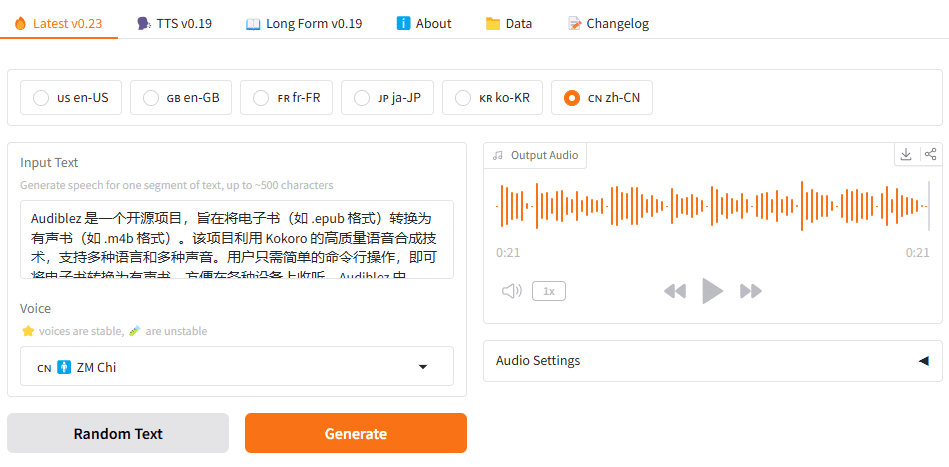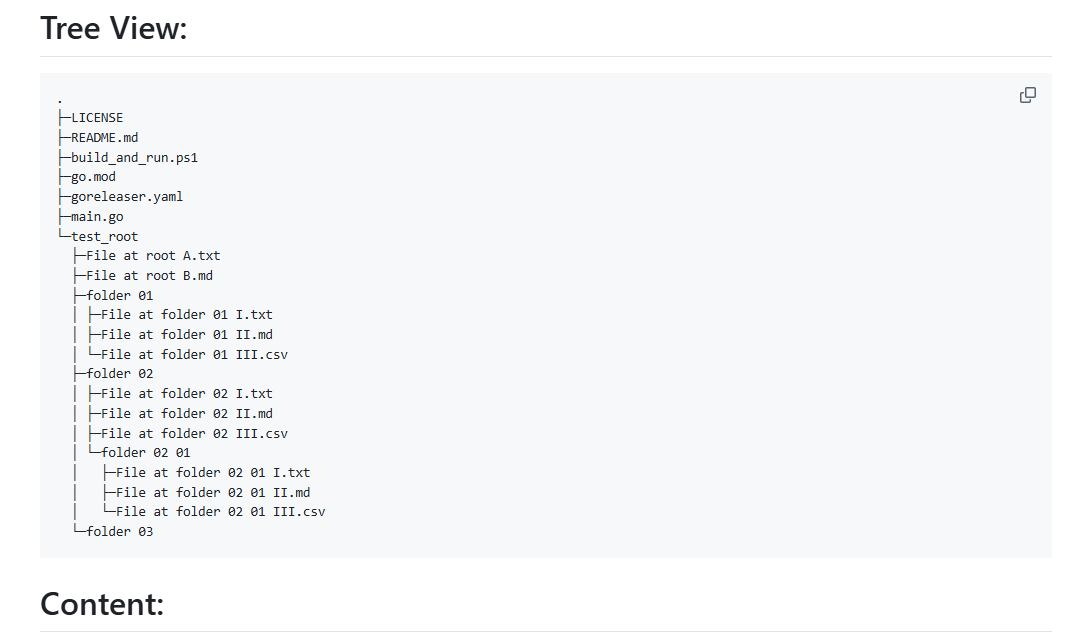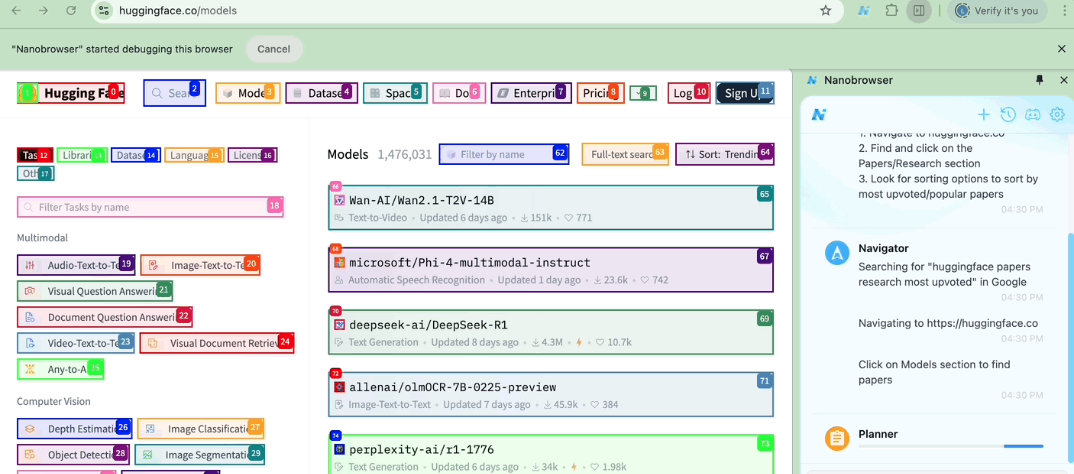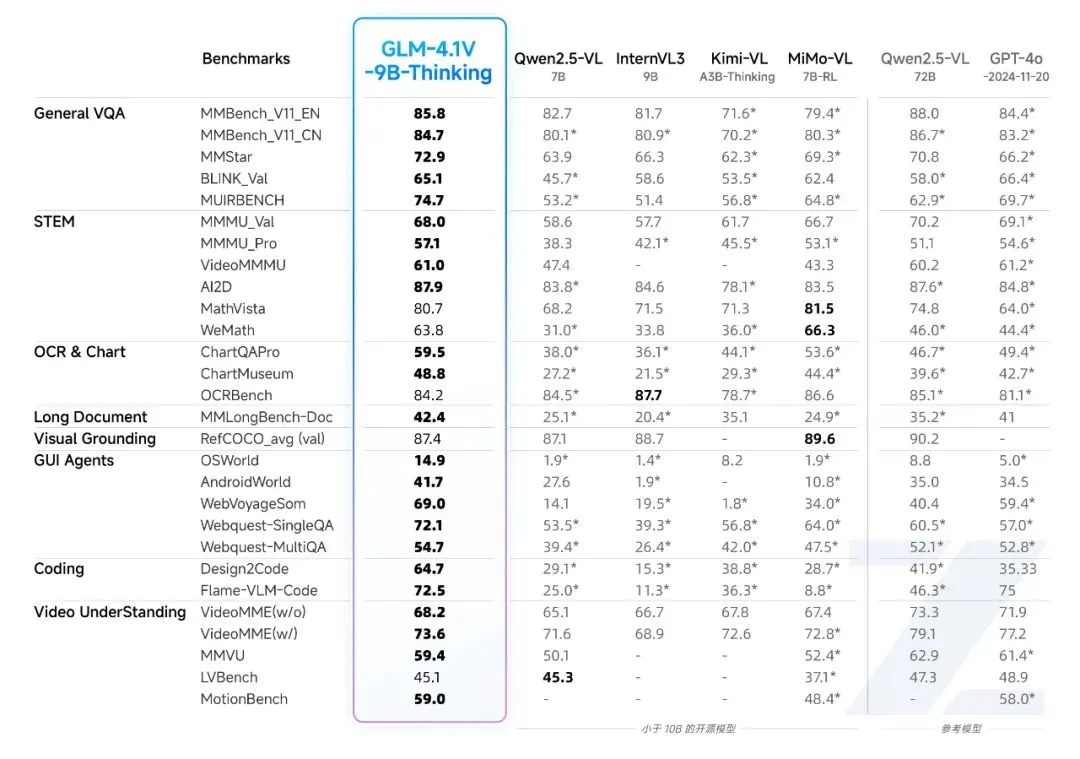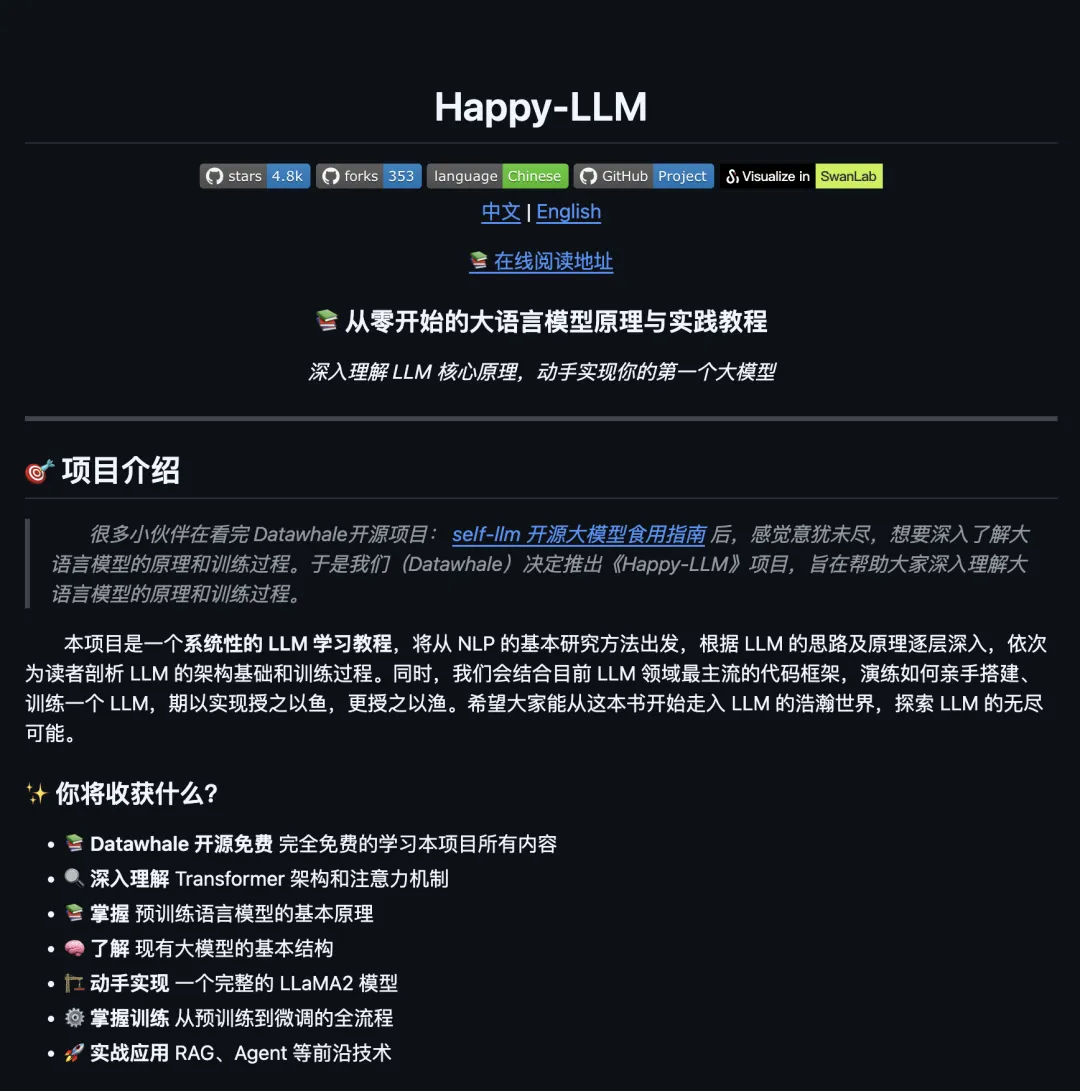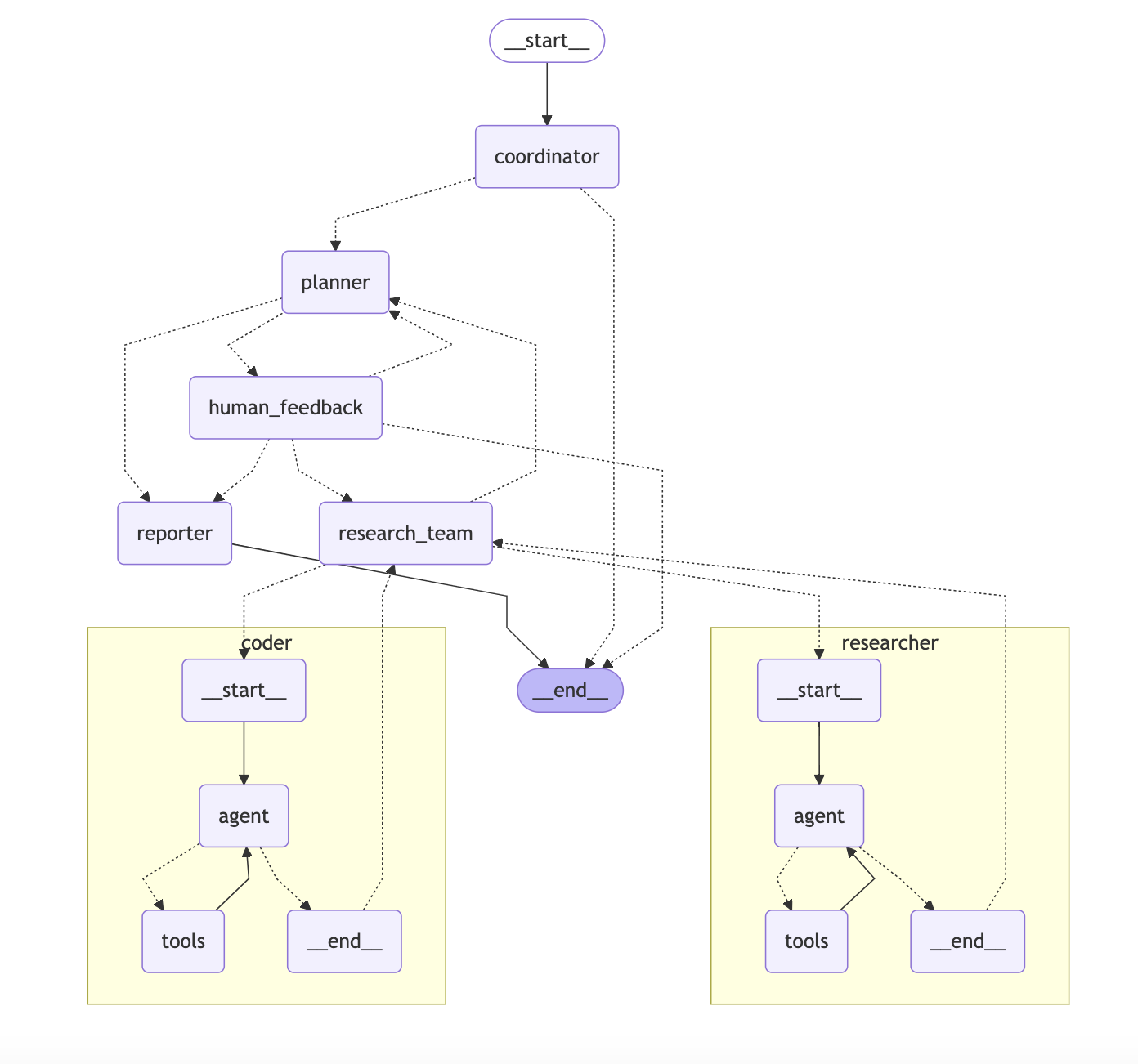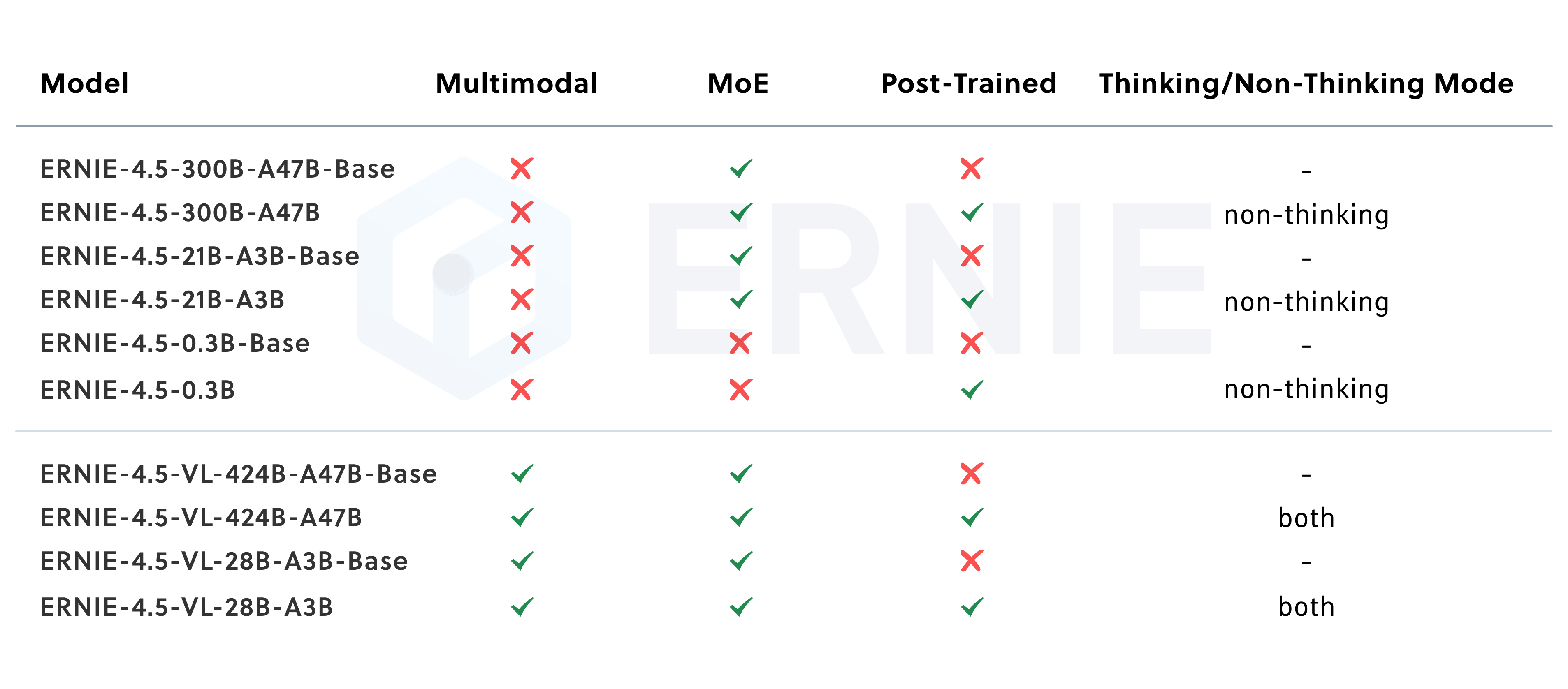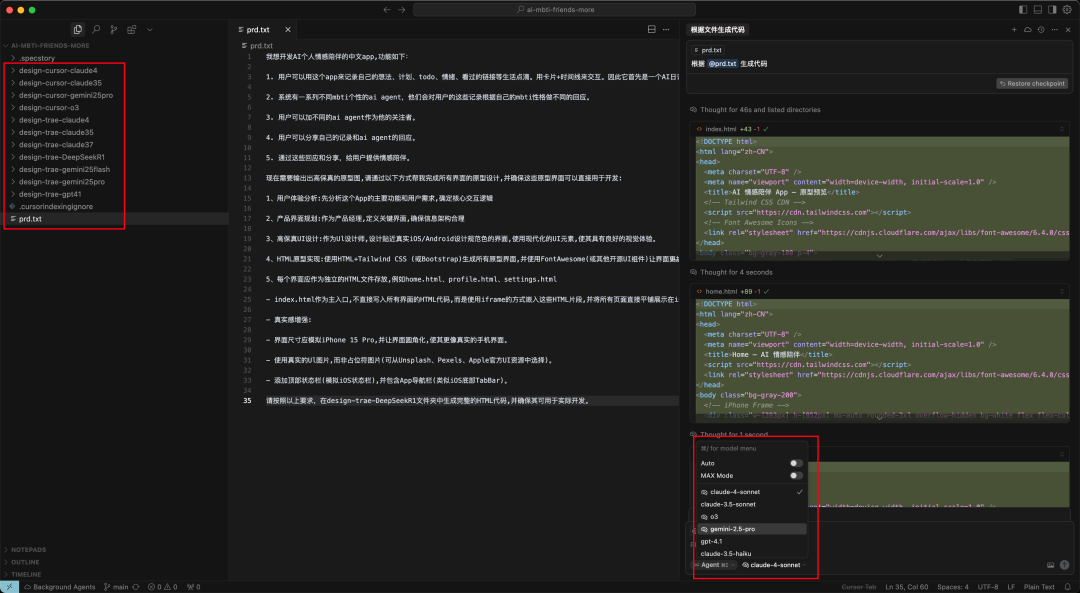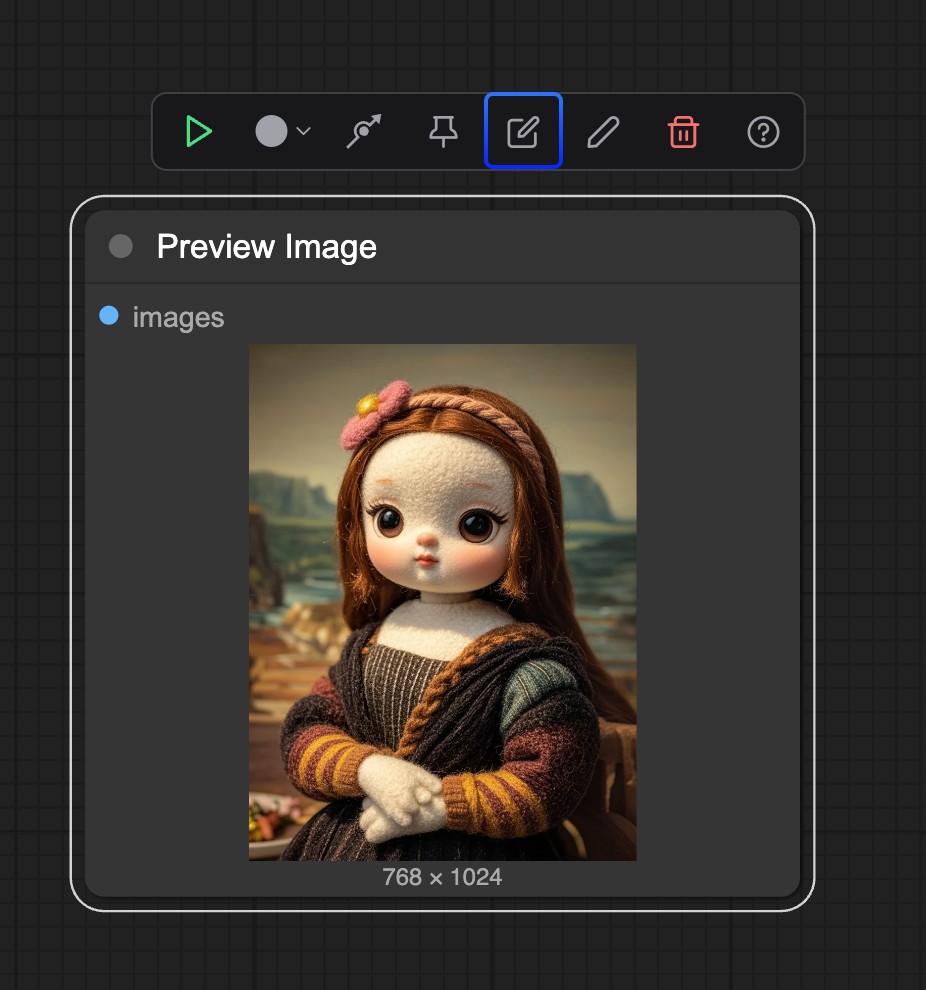PMAI is an AI-assisted tool designed for product managers at https://www.pm-ai.cn/. It helps users to quickly generate Product Requirements Document (PRD), provide solution suggestions, generate SQL query code, etc. to simplify the daily work of product managers. PMAI uses artificial intelligence technology to allow users to input requirements in natural language and quickly get structured documents or data analysis results. The website supports WeChat registration, and free users can use it 5 times a day, 30 times a month, and VIP members can enjoy a higher frequency of use.PMAI also provides a feedback channel, encouraging users to put forward new functional requirements to ensure that the tool is constantly optimized and adapted to the actual working scenarios of product managers.
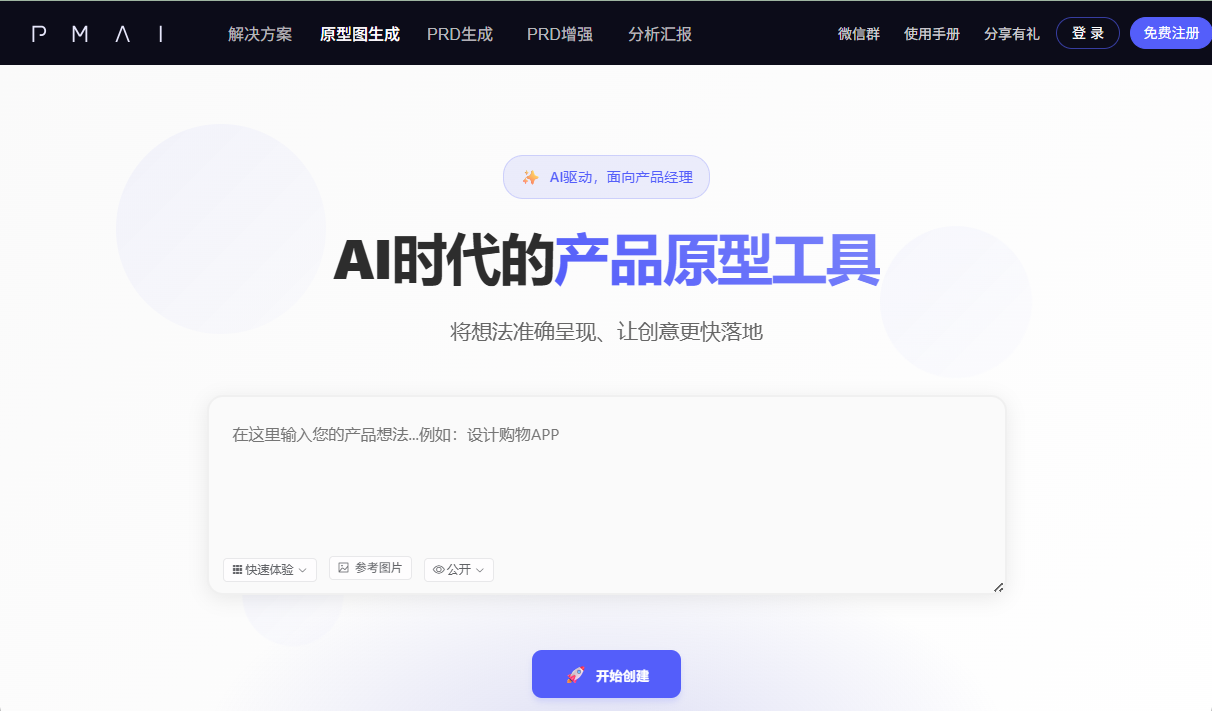
Function List
- Generate Product Requirements Document (PRD) with one click: Input the requirement description and automatically generate a structured PRD document.
- Intelligent Solution Output: Generate detailed solution proposals based on user input.
- SQL Query Code Generation: Input data analysis requirements and automatically generate executable SQL code.
- Data analysis assistance: support for generating data visualization charts to help analyze product data.
- Natural Language Interaction: Communicate with the AI in everyday language without complex commands.
- Feedback and customization: users can submit feature requests and participate in tool optimization.
Using Help
Register & Login
To use PMAI, first visit https://www.pm-ai.cn/. New users are required to register via WeChat by scanning the QR code on the page and following the relevant public number. Earlier users may log in via email, but currently WeChat is the main source. After registration, the system will automatically assign a free account, which can be used 5 times per day, with a maximum of 30 times per month. If the free times are used up, the user can upgrade to a VIP member to get a higher usage quota, or get additional benefits by sharing their experience. After logging in, a simple dashboard will be displayed on the page, which contains function entries and usage history.
Core Function Operation Flow
1. One-click generation of Product Requirements Document (PRD)
PMAI's PRD generation function is its core feature. Users click the "Generate PRD" button on the homepage to enter the input page. The input box supports natural language, such as "Design a product detail page for an e-commerce platform". Once the input is complete, click the "Generate" button, and the system will generate a PRD document containing functional descriptions, user stories, prioritization, and interaction design within a few seconds. The result is presented in Markdown format, which can be downloaded or copied to other tools such as Notion (or Word). If you are not satisfied with the results, click on the "Adjust" button to add more details or modify your requirements, and the AI will re-generate the document to better meet your expectations.
2. Intelligent solution output
In the "Solution" module, users can enter a specific problem in product development, such as "how to improve user retention". Once entered, click the "Analyze" button and PMAI will generate a detailed solution based on the input, including problem analysis, suggested steps and implementation points. The results are displayed in a list format, which is easy for users to browse quickly. For example, for the retention problem, AI may suggest optimizing the newbie guide, adding personalized recommendations, etc., and attaching specific methods for implementation. Users can export the results as a PDF or share them with their team.
3. SQL query code generation
For product managers who need to analyze data, PMAI provides SQL generation function. Users input analysis requirements in the "SQL Generation" module, for example, "query user activity data in the last 30 days", AI will generate corresponding SQL code, such as:
SELECT user_id, COUNT(*) as active_days
FROM user_activity
WHERE date >= DATE_SUB(CURDATE(), INTERVAL 30 DAY)
GROUP BY user_id;
The generated code can be copied directly into a database tool for use. If you are not familiar with SQL, you can click on the "Explain" button and the AI will explain what the code does in layman's terms, e.g., "This code counts the number of days that each user has been active in the last 30 days". Users can also adjust the input requirements to generate more complex queries.
4. Data analysis and visualization
PMAI supports the generation of simple data visualization charts. Users can upload a CSV file or input data requirements, such as "analyze the trend of user registration", and AI will generate line charts, bar charts and other visualization results. The steps include: enter the "Data Analysis" module, upload a data file or enter an analysis goal, and click "Generate Chart". The chart will be displayed with download options (PNG or PDF format). This feature is ideal for quickly validating data hypotheses or presenting analysis results to your team.
5. Feedback and functional customization
PMAI encourages users to participate in the optimization of the tool. The "Feedback" button at the bottom of the page allows users to submit suggestions for new features, such as "I'd like to see support for competitive analysis". Once submitted, the team will progressively develop the new feature based on the prioritization of the user's vote. Users can also check the status of their feedback to make sure their requests are taken seriously.
Tips for use
- Clear InputDescribe the requirement in simple terms and avoid ambiguity. For example, "Improve conversion rate on login page" is more likely to generate specific results than "Optimize login experience".
- step by step operation: If the generated results are not satisfactory, the requirements can be entered in steps and gradually adjusted. For example, Mr. Makoto will create a PRD framework and then add details.
- Check the format: Before exporting the document, check that the formatting is consistent with the team's habits, such as adjusting header levels or fonts.
- Utilization of free times: Prioritize testing of core features and rationalize the allocation of 5 free accesses per day.
caveat
- Free users have a limited number of uses per day and are advised to plan their usage scenarios.
- WeChat login requires a stable network environment to ensure that the QR code loads properly.
- The data analysis feature currently supports simple charts; complex analysis may require manual data adjustments.
application scenario
- Write Product Requirements Documents Quickly
Product managers need to quickly output PRDs in the early stages of a project. PMAI generates structured documents through natural language input, saving time on manual writing, and is suitable for agile development teams. - Data-driven decision-making
When product managers need to analyze user data, PMAI generates SQL code and visual charts to help quickly validate hypotheses for data-driven product optimization. - Cross-sectoral collaboration
When communicating with development or data teams, PMAI-generated PRDs or solutions can be used as a standardized communication tool to improve collaboration efficiency. - Beginner Product Manager Training
New product managers can use PMAI to learn PRD structure or solution logic, and quickly get started through AI output results to improve their professional capabilities.
QA
- What languages does PMAI support?
At present, it mainly supports Chinese input and output, and the generated documents and codes are mainly in Chinese, and some functions support English. - What happens when the free times run out?
Users can upgrade to VIP membership to get higher usage quota or get additional times by sharing their usage experience. - Can I export the generated content?
Yes, PRDs, solutions and diagrams support export to Markdown, PDF or PNG formats. - Is SQL generation suitable for non-technical users?
Yes, AI explains the code in layman's terms for product managers who are not familiar with SQL. - How do I submit a feature suggestion?
Click the "Feedback" button at the bottom of the page, fill in the requirements and submit them, the team will develop them according to the voting priority.








